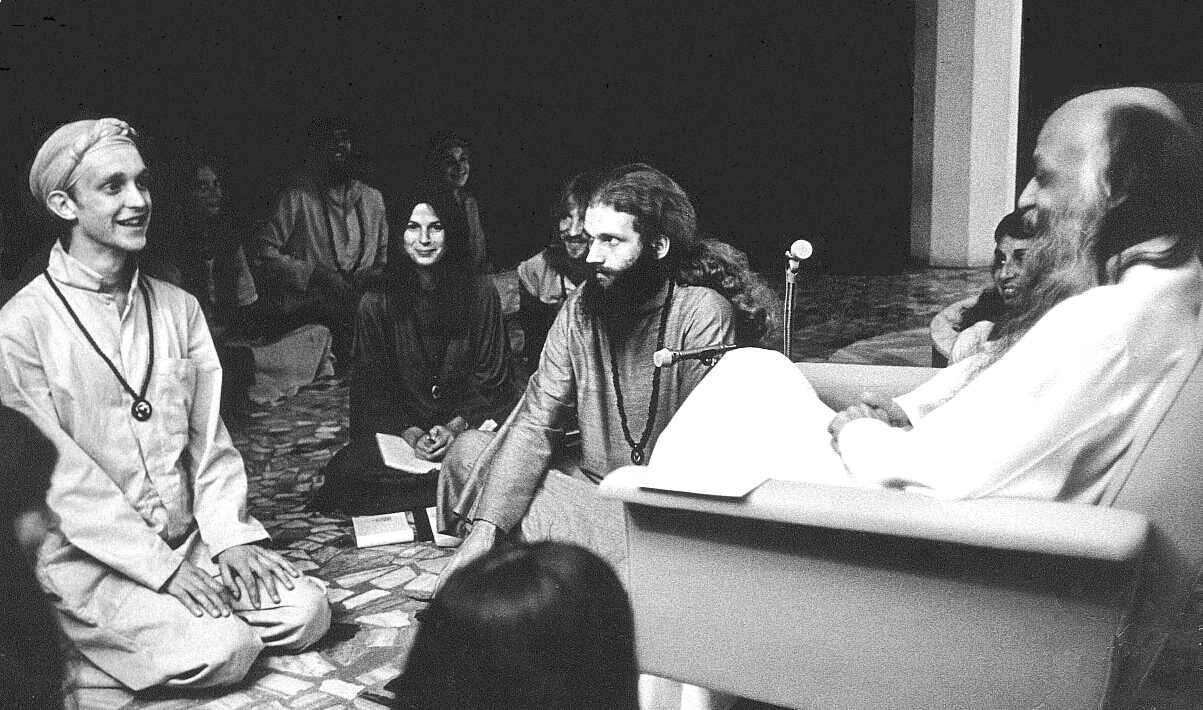Interesting article the other week in The Atlantic by Ronit Feinglass Plank about the Netflix documentary, “Beyond the Spectacle of Wild Wild Country, ” a six-hour film about a religious leader (Bhagwan Shree Rajneesh) and his enthusiastic followers ( “sannyasins”) numbering in the thousands, who planted roots in eastern Oregon in the 1980s.

WWC focuses on the higher ups of the cult, some of its sensational aspects, and its clash with the locals and Federal government, and ignores many important stories, stories Plank, and I, are interested in hearing.
Still, for all its attempted comprehensiveness, Wild Wild Country fails to really consider the consequences of the Rajneeshees’ behavior for many of their families. It’s a notable omission that highlights a problem facing many true-story works about cults and cult-like groups: offering a fair, sympathetic portrayal of the followers in the thrall of a charismatic leader, without denying them of individuality or responsibility.
(Note: Plank’s mother left her family to live at a Bhagwan-led ashram in India, returned to the U.S., and then left again to live with Bhagwan and the sannyasins in Oregon.)
I enjoyed WWC, but I did think it could have been shorter, as much as an hour shorter. And could that hour have been used to show the stories Plank and I want?
Maybe some, but it would have meant a massive structural overhaul. The documentary is wedded to chronology. And that’s fine, but relying on chronology alone can be limiting. It might have worked if detours were taken during that chronology. Individual stories about the grunt sannyasins could have been explored, and the families that were torn apart by a member joining the group, and the homeless people brought into the group to increase the population and therefore sway local elections.
But six hours would not have been long enough. And some viewers would still find omissions. The truth is, no story is comprehensive.

There is never enough time to show the various characters’ stories in depth. The whole story never, ever gets told. Only a bit of the whole story can be told, and it’s the storyteller’s job to make that one bit coherent, compelling, and self-contained enough to satisfy, but also leave room for mystery and discovery.
